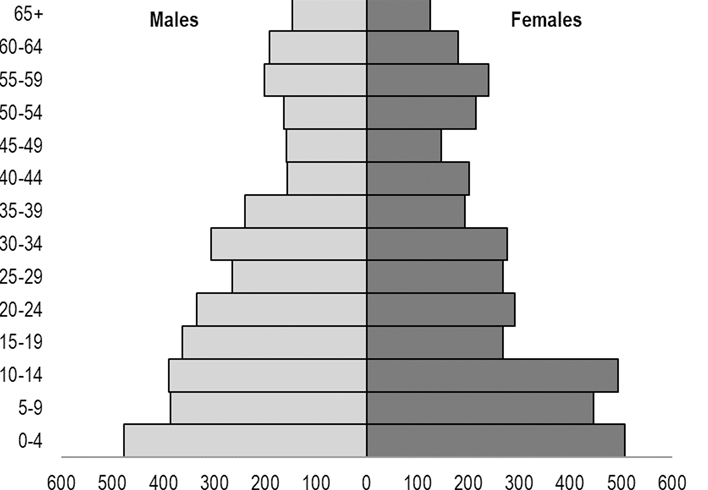Injury and death during the ISIS occupation of Mosul and its liberation: Results from a 40- cluster household survey
External link
Original Article
Background
Measurement of mortality and injury in conflict situations presents many challenges compared with stable situations. However, providing information is important to assess the impact of conflict on populations and to estimate humanitarian needs,
both in the immediate and longer term. Mosul, Iraq's second largest city, was overrun by fighters of the Islamic State of Iraq and Syria (ISIS) on June 4, 2014. In this study, we conducted household surveys to measure reported deaths, injuries, and kidnappings in Mosul, Iraq, both during the occupation of the city by fighters of ISIS and the months of Iraqi military action known as the liberation.
Methods and findings
Mosul was overrun by ISIS forces on June 4, 2014, and was under exclusive ISIS control for 29 months. The military offensive by Iraqi forces, supported by coalition artillery and airstrikes, began on October 17, 2016, in east Mosul and concluded in west Mosul with the defeat of ISIS on June 29, 2017. We conducted a 40-cluster population-based survey as soon as the security forces permitted access for the survey team. The objective of the survey was to measure reported deaths, injuries, and kidnappings in Mosul households during 29 months of ISIS-exclusive control (June 2014-October 2016) and the nine months of Iraqi military action known as the liberation (October 2016±June 2017). In east Mosul, the survey was conducted from March 23 to March 31, 2017, and in west Mosul from July 18 to July 31, 2017. Sampling was based on pre-ISIS population distribution, with revisions made following the extensive destruction in west Mosul. The 1,202 sampled households included 7,559 persons: 4,867 in east Mosul and 2,692 in west Mosul. No households declined to participate.During the time from June 4, 2014, to the time of the survey, there were 628 deaths reported from the sampled households, of which 505 were due to intentional violence, a mortality rate of 2.09 deaths per 1,000 person-months. Over the entire time period, the group with the highest mortality rates from intentional violence was adults aged 20 to 39: 1.69 deaths per 1,000 person-months among women and 3.55 among men. In the 29 months of ISIS-exclusive control, mortality rates among all males were 0.71 reported deaths per 1,000 person-months and for all females were 0.50 deaths per 1,000 person-months.
During the nine months of the military liberation, the mortality rates jumped to 13.36 deaths per 1,000 person-months for males and 8.33 for females. The increase was particularly dramatic in west Mosul. The leading cause of reported deaths from intentional violence was airstrikesÐaccounting for 201 civilian deathsÐfollowed by 172 deaths from explosions. Reported deaths from airstrikes were most common in west Mosul, while reported deaths from explosions were similar on both sides of Mosul. Gunshots accounted for 86 cases, predominantly in west Mosul where ISIS snipers were particularly active. There were 35 persons who were reported to have been kidnapped, almost entirely prior to the military offensive. By the time of the survey, 20 had been released, 8 were dead, and 7 still missing, according to household reports. Almost all of the 223 injuries reported were due to intentional violence. Limitations to population-based surveys include a probable large survivor bias, the reliance on preconflict population distribution figures for sampling, and potential recall bias among respondents.
Conclusions
Death and injuries during the military offensive to liberate Mosul considerably exceeded those during ISIS occupation. Airstrikes were the major reported cause of deaths, with the majority occurring in west Mosul. The extensive use of airstrikes and heavy artillery risks an extensive loss of life in densely populated urban areas. The high probability of survivor bias in this survey suggests that the actual number of injuries, kidnappings, and deaths in the neighborhoods sampled is likely to be higher than we report here.
Back to Top






